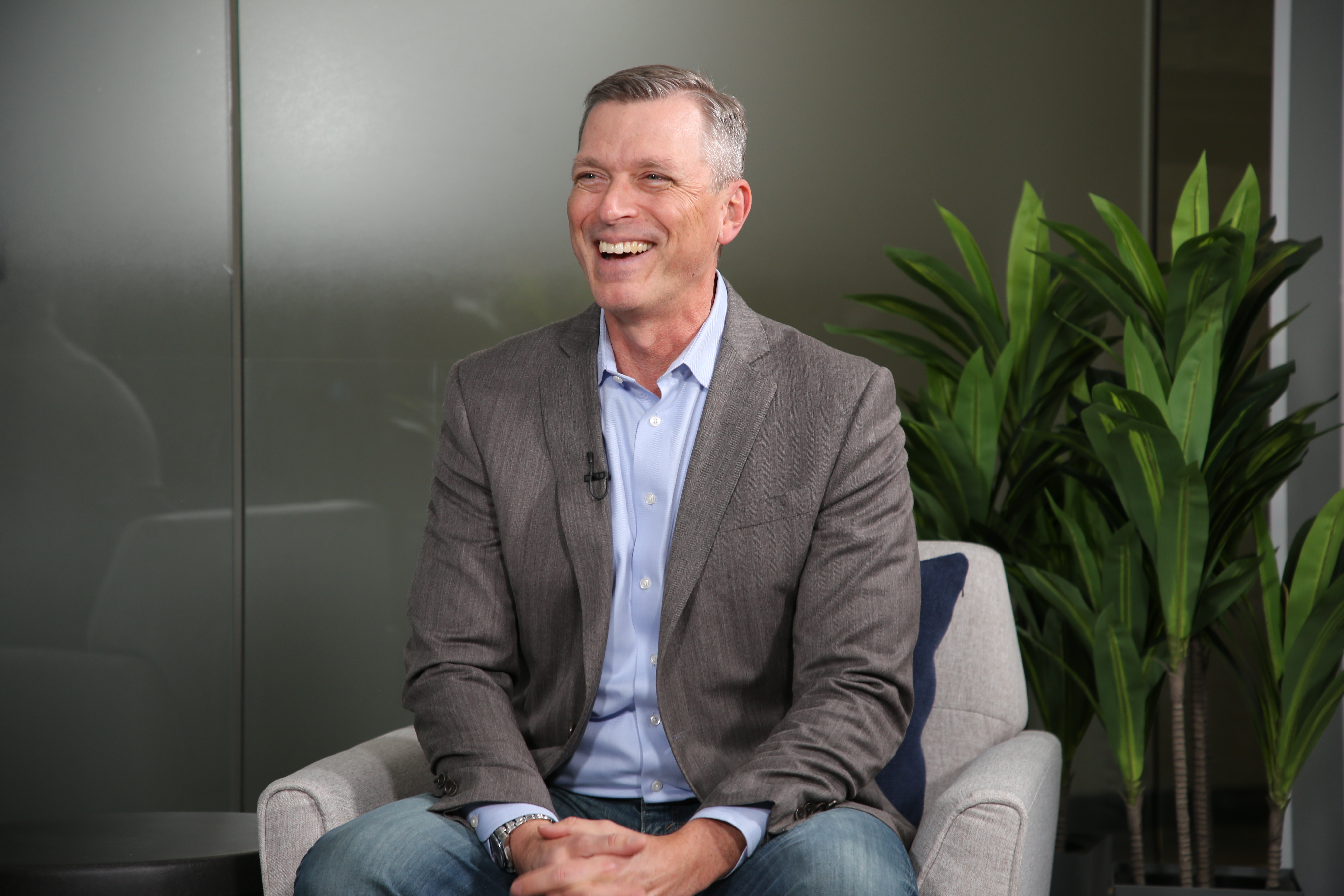 CLOUD
CLOUD
 CLOUD
CLOUD
 CLOUD
CLOUD
Disaggregated architecture is at the core of Dell Technologies Inc.’s strategy for an enterprise landscape shaped by artificial intelligence and microservice-based applications.
The last inflection point in storage was the transition from three-tier architecture to hyperconverged architecture, according to Drew Schulke (pictured), vice president of product management at Dell. Now, the company is embracing disaggregated architecture as a way to offer businesses more flexibility.

Dell’s Drew Schulke talks with theCUBE about Dell’s new storage strategy.
“We’ve been the leader in [hyperconverged] infrastructure for a long time,” he said. “We’ve got lots of data from how our customers are using it. One thing [that] is clear is that in that particular model, [central processing unit] utilization tends to run lower than in the disaggregated architecture. Why is that important? Well, yeah, you want to get the bang for the buck, but look at the way licensing schemes are evolving with subscriptions, and it’s all per core.”
Schulke spoke with theCUBE’s Dave Vellante and Rob Strechay at the “Is Your IT Infrastructure Ready for the Age of AI?” event, during an exclusive broadcast on theCUBE, SiliconANGLE Media’s livestreaming studio. They discussed Dell’s updated portfolio and the evolution of storage. (* Disclosure below.)
Although hyperconverged infrastructure helped dismantle data silos, it required ecosystem affinity from its users — aka, storage and compute had to be in one company’s ecosystem. Dell’s new system of products allows businesses to individually update their compute or storage, according to Schulke.
“Where we see this disaggregated architecture taking hold is let’s decouple the storage and compute, allow us to maximize each,” he explained. “I can refresh each of those then on the cycle that they need to refresh and when it makes sense. With everything going on right now on the compute side of the house, its cadence of refresh is certainly at a much faster pace.”
Dell’s current storage portfolio encompasses PowerStore, its enterprise-class storage, and PowerFlex, which is software-defined storage, and AI tools, including SmartSupport, which uses AI to predict system failures. The company’s goal is to support the demands of AI and microservice workloads, according to Schulke.
“The single most impactful way you could influence your cost of storing that data is through data efficiency, better deduplication [and] better compression,” he said. “It’s the gift that keeps on giving in lowering that total cost of ownership, of storing your data. By the way, that total cost of ownership extends into the power and the cooling and the physical footprint because I’ve got fewer disks, I’ve got fewer systems at the end of the day because we’re able to go off and do that.”
Here’s the complete video interview, part of SiliconANGLE’s and theCUBE’s coverage of the “Is Your IT Infrastructure Ready for the Age of AI?” event:
(* Disclosure: TheCUBE is a paid media partner for the “Is Your IT Infrastructure Ready for the Age of AI?” event. Neither Dell Technologies Inc., the sponsor of theCUBE’s event coverage, nor other sponsors have editorial control over content on theCUBE or SiliconANGLE.)
Support our mission to keep content open and free by engaging with theCUBE community. Join theCUBE’s Alumni Trust Network, where technology leaders connect, share intelligence and create opportunities.
Founded by tech visionaries John Furrier and Dave Vellante, SiliconANGLE Media has built a dynamic ecosystem of industry-leading digital media brands that reach 15+ million elite tech professionals. Our new proprietary theCUBE AI Video Cloud is breaking ground in audience interaction, leveraging theCUBEai.com neural network to help technology companies make data-driven decisions and stay at the forefront of industry conversations.